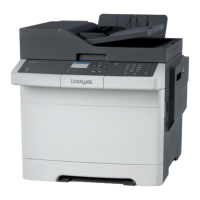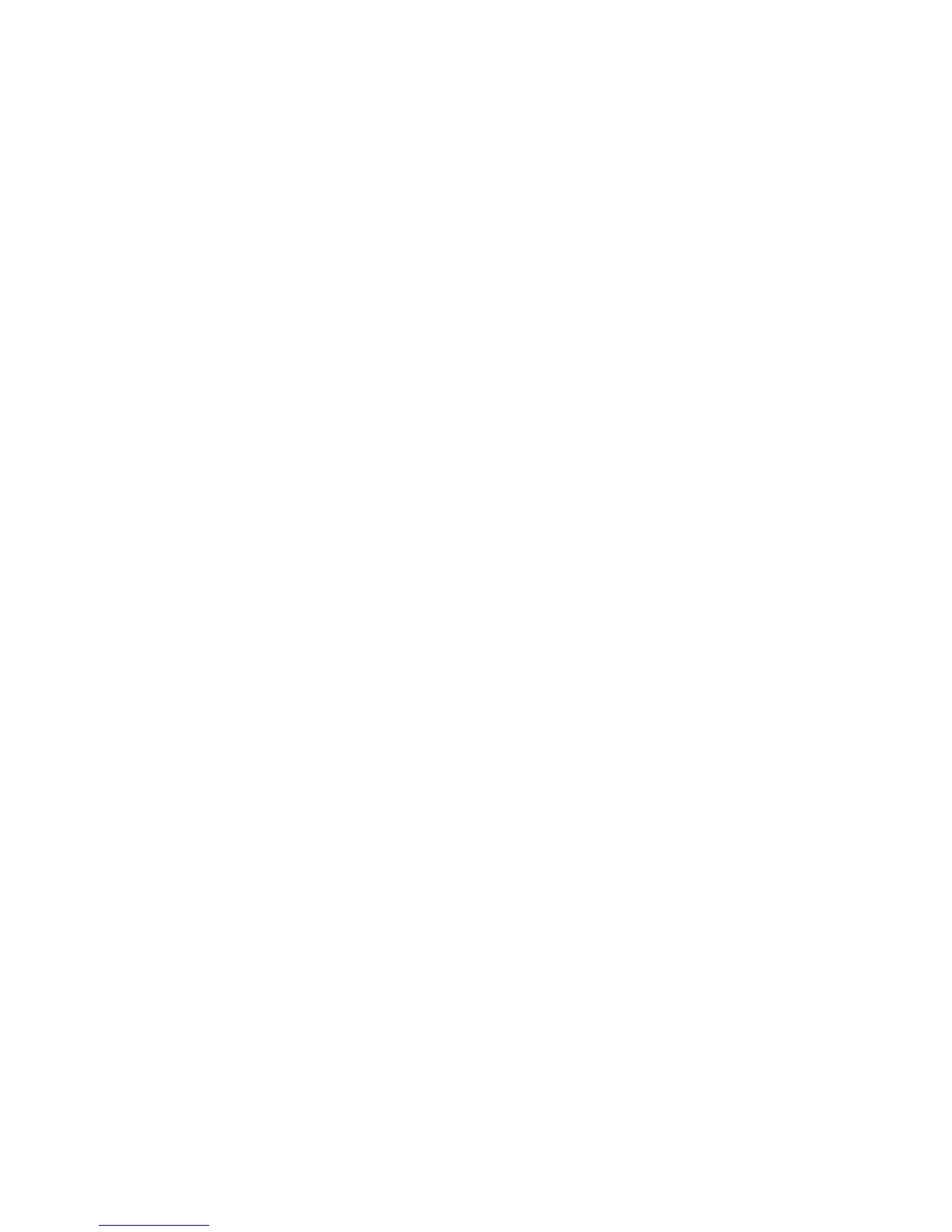13 After actuating the duplex sensor, eject2 roll moves the media to the paper feed 1 roll, and the feed sensor. Like
the first pass of the media, the image acquisition process is repeated for the second side of the media.
14 When the trailing edge of the media reaches the reverse point the second time, the swing gear again moves the
diverter gate to the down position and the exit roll reverses. The paper goes back into the ADF unit for a third time.
The paper passes through the paper path, but no imaging occurs. This pass is to turn the paper over to the original
side up. On the third pass of the media trailing edge over the reverse point, the eject two roller does not reverse
and the paper passes out of the ADF.
Color theory
• “Color theory” on page 368
Color theory
What is RGB color?
Red, green, and blue light can be added together in various amounts to produce a large range of colors observed in
nature. For example, red and green can be combined to create yellow. Televisions and computer monitors create colors
in this manner. RGB color is a method of describing colors by indicating the amount of red, green, or blue needed to
produce a certain color.
What is CMYK color?
Cyan, magenta, yellow, and black inks or toners can be printed in various amounts to produce a large range of colors
observed in nature. For example, cyan and yellow can be combined to create green. Printing presses, inkjet printers,
and color laser printers create colors in this manner. CMYK color is a method of describing colors by indicating the
amount of cyan, magenta, yellow, and black needed to reproduce a particular color.
How is color specified in a document to be printed?
Software programs typically specify document color using RGB or CMYK color combinations. Additionally, they allow
users to modify the color of each object in a document. For more information, see the software program Help topics.
How does the printer know what color to print?
When a user prints a document, information describing the type and color of each object is sent to the printer. The
color information is passed through color conversion tables that translate the color into the appropriate amounts of
cyan, magenta, yellow, and black toner needed to produce the desired color. The object information determines the
application of color conversion tables. For example, it is possible to apply one type of color conversion table to text
while applying a different color conversion table to photographic images.
Should I use PostScript or PCL emulation? What settings produce the best color?
The PostScript driver is strongly recommended for best color quality. The default settings in the PostScript driver provide
the preferred color quality for the majority of printouts.
Why doesn't the printed color match the color I see on the computer screen?
The color conversion tables used in Auto Color Correction mode generally approximate the colors of a standard
computer monitor. However, because of technology differences that exist between printers and monitors, there are
many colors that can also be affected by monitor variations and lighting conditions.
7527
Appendix C: Theory of operation
368

